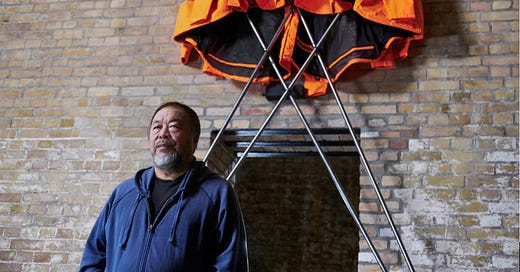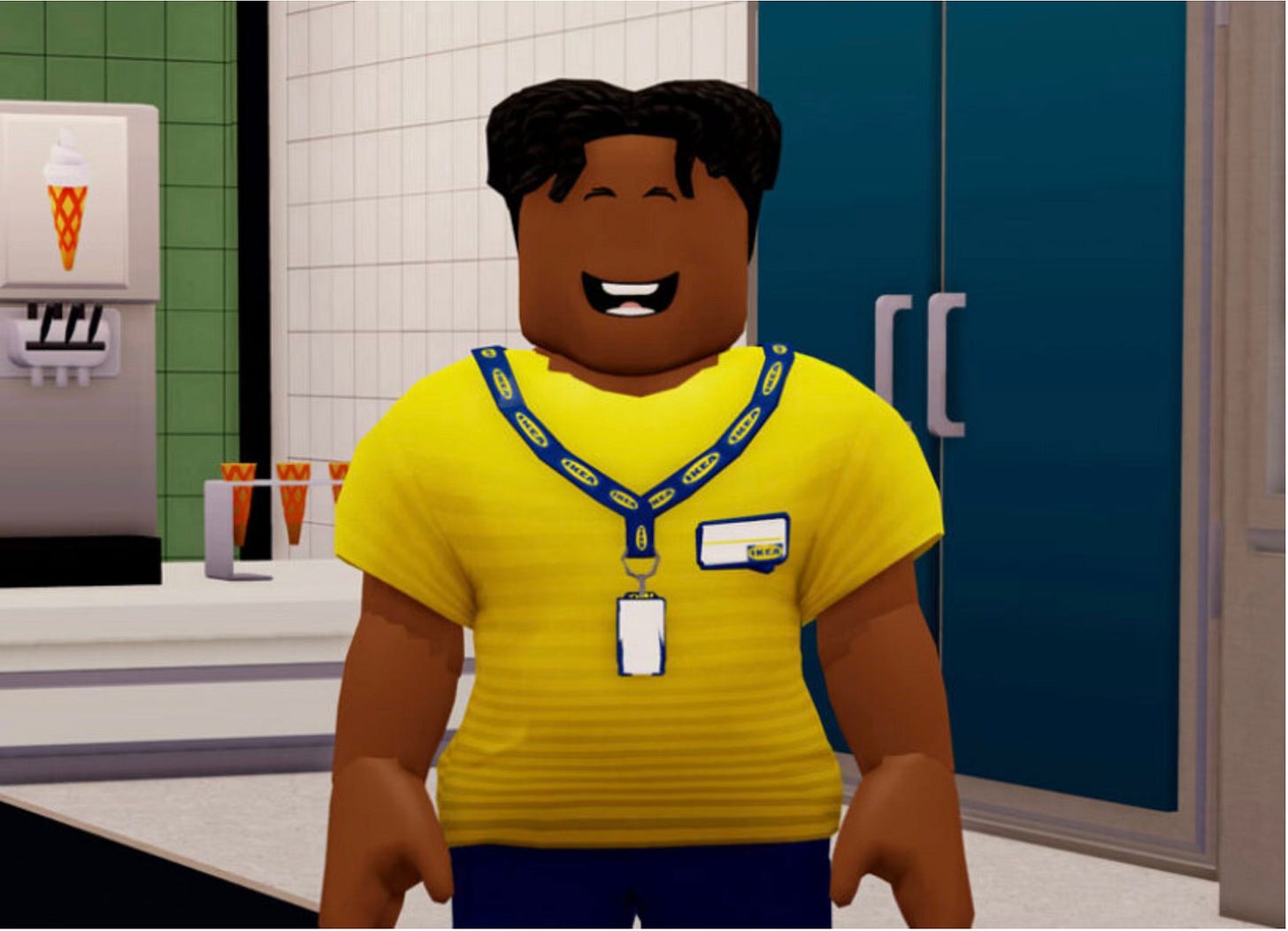In one of those flashy high-rises in downtown San Francisco (not the one slowly sinking because of a poor foundation and the Bay’s moody tides), I did some work with Zillow.
The Silicon Valley-based real estate search tool didn’t just show you pictures of your dream house, but added in comparative data on schools, safety, the preponderance of retail stores in the area, etc. The brand wanted to tell a story around that — still, then — unique selling proposition.
We workshopped concepts around showcasing interesting, successful communities, and unique neighborly relationships. American society had cracked along partisan lines by that point, so we looked at how a brand might help bridge that divide by championing storytelling around communities that (still) worked.
It was layup-type stuff: Easy to draw the line connecting the product’s function with its potential effect. It was easy, also, because friend-of-the-letter Meredith Arthur was a keen and adventurous partner.
So much of that type of concepting (and eventual execution) depends on having someone across the table who gets it; who sees both the short-term opportunity to showcase a product, and the long-term play at building a brand personality.
There’s a paucity of that these days. At Cannes a few weeks ago, I had a chat with a big brand’s regional marketing director. She spoke wistfully of wanting to invest more in brand, before adding, “I don’t have the time.” The challenge with fun new AI-fueled measurement tools is that they make short-term marketing wins more transparent to the C-suite, and nudge the long-term work of brand-building into the background. Everyone wants a good brand. Not everyone thinks they require so much work. And time.
So this week, two brands that have allowed themselves the time.
One, a German construction retailer that sees itself as more than a mere DIY partner. The other, a well known Swedish brand planning for the long-term through gaming (nods to friends-of-the-letter Alice Sweitzer and David Thier for inspiration).
Every Square Meter by Hornbach 🔨 About a month ago, Albrecht Hornbach started his year-end investor’s call by announcing a 1.6 percent drop in net sales from the year before. He then followed up with, “if you consider the company’s performance over a slightly longer period, and as a family managed retail company that is the way we plan, then we can see a very pleasing picture, one, in which our group developed very positively over the past five years.” He ended his portion of the call by quoting Goethe. Think of a maroon-and-orange Home Depot, and you’ve got Hornbach. But whereas the former campaigns with the home DIY store’s equivalent of “Just do it”, the latter chooses a different path. I wonder how much the environment created by a forward-thinking, Goethe-quoting family business contributes to that. Four years ago, Hornbach commissioned megastar artist Ai Wei Wei to create art pieces customers could make at home using materials bought at the big box retailer. The brand released a hybrid manual and magazine that featured not just instructions for how to recreate Wei Wei’s art work using the same high visibility vests, but an interview between the artist and prominent gallerist Hans-Ulrich Obrist. The project was wonderfully simple, revealing of the playful, curious mindset artists possess — ‘What if I took these vests and zipped them this way instead of the typical way?’ — and encouraging the same behavior in Hornbach customers. A brand personality morphing from trusty DIY assistant to artistic muse. Last Fall, they leaned into angst around the housing crisis in major European cities with a narrative that celebrated all you could do with one square meter. In addition to the Cannes Lions winning spot, they commissioned artists in different European cities to create unique spaces measuring no larger than one square meter. This resulted in places to dream, to remember, to drink, or to share food with those in need. Rather than a clunky attempt to lead from the front on a major issue, they took it on with what have become familiar filters for their brand story: work, creative spirit, and some imagination.
IKEA in Roblox 🛋️ Always up for a new platform, IKEA has been enabling us to imagine a piece of furniture in our home using AR, and partnered with the Nintendo game Animal Crossing to offer limited time IKEA furniture purchases so that players (and their parents) could customize their weird little island homes. One was a practical strategy that took advantage of the tool (smartphone cameras) every one of us possess. The other, a clever way to ingrain their brand in the tender minds of kids (and reinforce it in their parents). A little over a week ago, they announced a recruitment campaign with a different twist, entering the wildly popular games platform Roblox with a move focused clearly on the long term. Players of the IKEA Co-Worker Game would not just be able to peruse products in a virtual IKEA store, but actually “work” to keep it tidy and restocked (in the U.K. and Ireland, 10 players chosen at random are actually be able to earn a real wage to “work” in the virtual store) Retail has taken a massive hit since the pandemic, and IKEA isn’t alone in struggling to hire and retain employees. So this little bit of PR activation has a long-term brand play in mind: positioning IKEA not just as the go-to store when it’s time to decorate your own room (as you ditch your little brother), but a desirable place of employment when it’s time to start earning that money to spend in Roblox. The virtual game shows how players “are able to change roles, switch departments, and grow in any direction they choose, both in the game or in the real world,” says the company’s UK & Ireland HR manager. If it all feels a bit cringey, that’s because it is. But when your business is as dependent on the IRL experience (still) as IKEA, and your marketing budget is as massive as your store floorplans, this move feels like more of a hit than a miss: A metaverse story that somehow manages to connect the audience to a “real-world” message.





